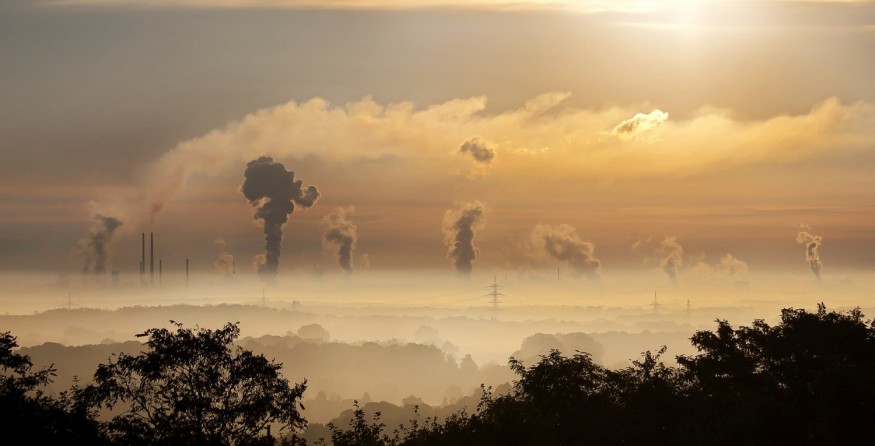
When we think about air pollution, we largely consider the effects of industrial processes and vehicle emissions. However, a large portion of the air pollution humans create is actually found in aerospace.
In order to reduce the effects of climate change therefore, it's important to look into ways to reduce aerospace pollution. Here, we'll look at the current state of aerospace pollution and the types of damage it causes to the planet. You'll also discover the types of measures being introduced to reduce aerospace pollution.
Understanding current aerospace pollution levels
It is said that aviation related unregulated carbon emissions are the fastest growing cause of greenhouse gas emissions. This is largely down to the significant increase continually experienced within the sector. Although the recent coronavirus outbreak has halted a lot of travel around the globe, once it's over there is no doubt going to be a sharp increase in aeroplane travel.
It is predicted that by 2050, the aviation sector will carry a total of 16 billon passengers annually. Unless air pollution levels are addressed, this means its levels could triple by 2050. In 2019 alone, a staggering 915 million tonnes of CO2 were produced through global flights. Although this is a worrying number, it still pales in comparison to road transport pollution. It is thought that road pollution makes up 74% of transport related CO2 emissions, while air transport makes up for just 12%.
What damage is it causing to the planet?
The pollution caused through aviation is contributing approximately 5% to climate change according to recent research. As well as its contribution to global warming, it is also thought to be responsible for up to 16,000 premature deaths each year.
Other effects it is having, include increased noise pollution. This is particularly prevalent near airports. Planes produce a high level of noise both when they're taking off and landing. So, if more airports are built to accommodate increasing demand, noise pollution levels will increase.
Of course, it isn't just the aviation itself that is causing issues with pollution. The millions of passengers which fly from global airports each day, also have to make their way to the airport. This typically involves either driving or taking a taxi, further contributing to the CO2 emissions released.
These are just some of the types of damage being caused by aviation on the planet.
Measures that are being implemented to reduce it
So, with the increased threat the aerospace pollution levels contribute to the environment, what measures are being undertaken to reduce it?
Well, for a start, components from RS Components can help to monitor and assess pollution levels. This proves useful for airlines who are under increasing pressure to lower their carbon emissions. Measures have also been implemented to allow airlines to choose how they cut emissions. These include:
- Adopting more energy efficient aircraft
- Use lower carbon fuel
- Adopt newer technologies
- Set more efficient flight paths
These are just some of the implementations that could be made within the sector. As technology continues to advance, newer engines and parts are continually being developed. The newer parts tend to be built with sustainability in mind. So, switching to more energy efficient aircrafts could save a staggering amount of CO2 emissions. Of course, airlines can also focus on boosting sustainability within their actual airports too.
Overall, aerospace pollution is causing major issues for the environment. While it isn't as significant as road transport pollution, there are still a lot of measures which need to be taken to reduce it. The above are just some of the ways it is impacting the planet and what can be done to reduce its effects.
© 2025 ScienceTimes.com All rights reserved. Do not reproduce without permission. The window to the world of Science Times.












